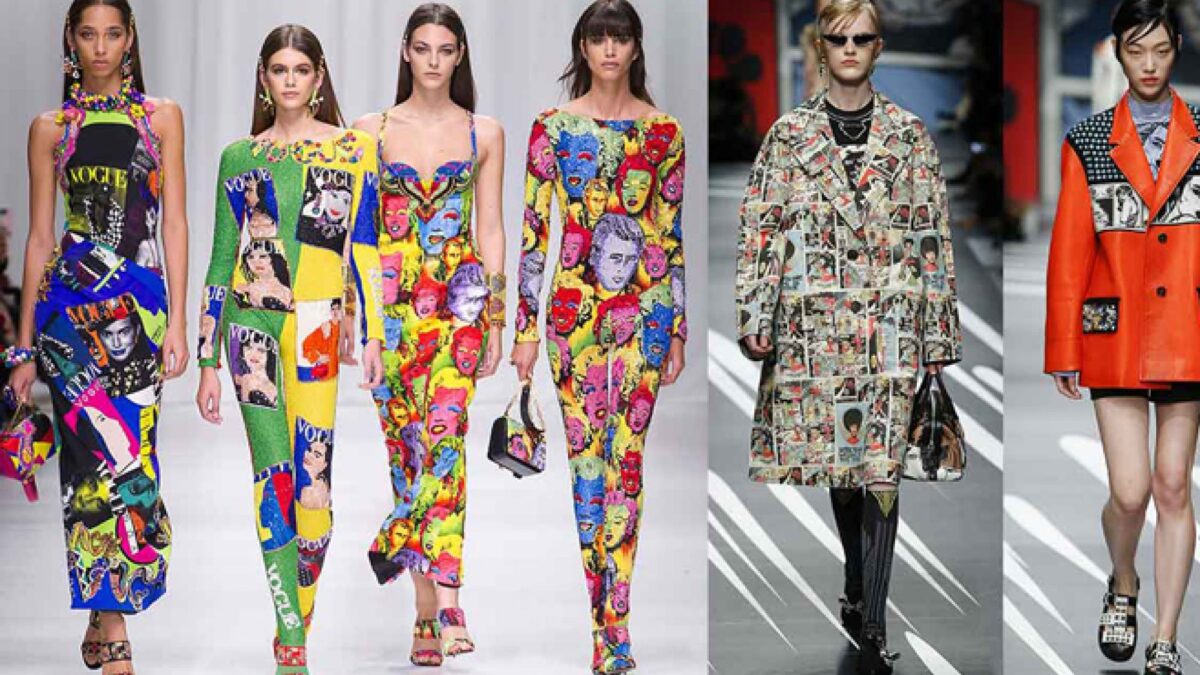Table of Contents
Introduction
In the ever-evolving world of fashion, staying ahead of the curve is paramount. Fashion brands are increasingly turning to cutting-edge technology, specifically artificial intelligence (AI), to forecast trends and tailor their offerings. This article delves into the intriguing intersection of AI and fashion, predicting future trends that are set to redefine the industry. Expect to discover how global fashion brands are leveraging AI to gain insights, adapt to changing consumer behaviors, and anticipate market shifts. By using AI insights, these brands not only stay relevant but also captivate their audiences with precision and style.
The Role of AI in Fashion Forecasting
- Understanding AI and Its Influence: Artificial intelligence is no longer a distant futuristic concept; it is a tangible tool actively used in the fashion industry today. But how exactly do AI insights influence fashion forecasting? AI algorithms analyze vast datasets, including historical sales, consumer behavior patterns, and social media trends, to predict what styles, colors, and fabrics will dominate the market next season. This predictive capability empowers designers and brands to make data-informed decisions, reducing the guesswork that traditionally accompanied fashion forecasting.
- By utilizing machine learning models, fashion brands can assess the likelihood of certain trends resonating with their target audience. This symbiotic relationship between human creativity and AI precision marks a revolutionary shift in how fashion trends are forecasted.
- AI-Driven Fashion Analytics: AI-driven fashion analytics take the guesswork out of trend prediction by focusing on consumer-centric insights. Have you ever wondered what goes on behind the scenes? These analytics entail assessing social media activity, monitoring influencer collaborations, and even analyzing e-commerce transactions to gauge burgeoning trends. With AI, brands can delve deep into consumer preferences and adapt their offerings accordingly, offering a more personalized shopping experience.
Some of the world’s fashion giants have adopted AI-powered platforms to stay ahead. The integration of AI into supply chains and inventory management systems ensures that brands can predict demand fluctuations and manage resources more efficiently.
Read Also: AI’s Influence on Fashion Design: Revolutionizing the Runway with Technology
Current Trends Shaping the Industry
- Sustainable Fashion: The push towards sustainability is more than just a passing trend; it’s an industry-wide movement. Consumers are increasingly demanding eco-friendly materials and sustainable production processes. AI insights are proving invaluable in this arena, as brands can utilize data to source sustainable materials and reduce waste. By analyzing consumer preferences, companies can shift towards more sustainable practices without compromising style.
- Moreover, AI helps in creating transparency around the production process, allowing brands to provide consumers with detailed information about the ethical and environmental impact of their products.
- Personalization and Customization: Gone are the days of one-size-fits-all fashion. Today, personalization is key to engaging consumers.Fashion brands are using AI to offer customized experiences, from personalized recommendations to personalized clothing designs. AI algorithms consider individual preferences, purchase history, and even body measurements to craft bespoke fashion pieces that resonate with each consumer.
- Through AI, brands are fostering stronger connections with their audiences, demonstrating a deeper understanding of individual needs and desires.
- Virtual and Augmented Reality: The integration of virtual and augmented reality in fashion presents another groundbreaking development. Imagine virtually trying on clothes without stepping into a fitting room! AI insights power these technological advancements, allowing consumers to engage with products in an interactive way. This innovation not only enriches the shopping experience but also significantly reduces return rates by helping consumers make informed purchasing decisions.
Challenges and Future Directions
- Barriers to AI Adoption: While the benefits are substantial, the full-scale integration of AI in fashion is not without challenges. Some brands face obstacles like high initial costs, data privacy concerns, and a lack of technical expertise. How will the industry overcome these barriers?
- Investment in AI education and building robust data policies can pave the way for broader AI adoption. Collaboration between tech companies and fashion brands can also alleviate resource constraints, making AI tools more accessible to businesses of all sizes.
- The Road Ahead: As AI continues to evolve, it will open up new possibilities for innovation in fashion. Brands should aim to strike a balance between leveraging AI insights and preserving the creative instincts that have traditionally driven the industry. With emerging technologies like AI and machine learning, the future of fashion forecasting looks more precise, responsive, and exciting than ever before.
Conclusion
In conclusion, AI insights are transforming how global fashion brands predict and adapt to emerging trends, making the industry more dynamic and consumer-oriented. From sustainable practices to personalized shopping experiences, AI is set to revolutionize every aspect of the fashion landscape. As we look to the future, the question remains: how will fashion brands continue to innovate and stay ahead of the curve with AI?
We encourage you to share your thoughts and predictions in the comments below. Stay tuned for more insights into the ever-evolving world of fashion and technology—your wardrobe might just thank you for it!





